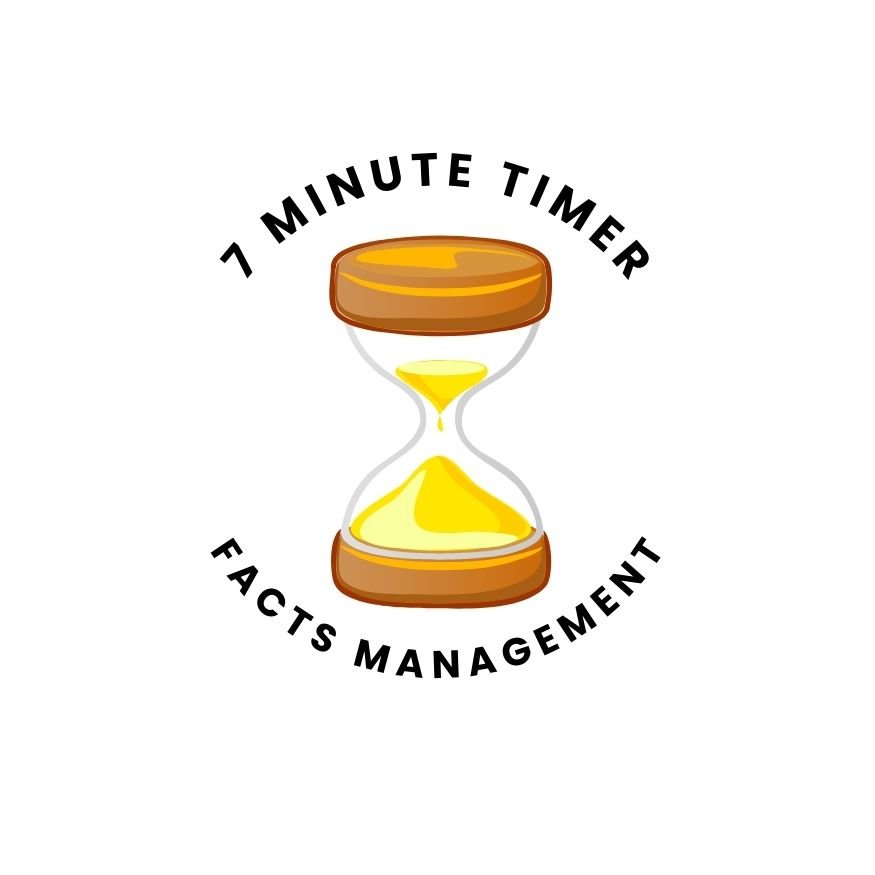Understanding Traffic Breaks
A traffic break is a traffic management technique used by law enforcement agencies to temporarily slow or stop traffic on a roadway. It is typically employed in situations where there is a need to create a safe zone for emergency responders, clear debris from the roadway, or facilitate the movement of oversized vehicles.
For more information, check out these articles:
For more resources, check out the following links:
How Traffic Breaks Work
During a traffic break, law enforcement officers strategically position their vehicles to create a rolling roadblock. This involves driving slowly in a staggered formation across multiple lanes, gradually decreasing the speed of traffic behind them. As the officers slow down, they use their emergency lights and sirens to signal to drivers that they need to reduce their speed and maintain a safe distance.
As traffic slows down, the officers control the flow of vehicles by adjusting their speed and positioning. This allows them to create a gap in traffic, which can be used for various purposes such as allowing emergency vehicles to enter or exit the roadway, removing debris, or addressing a hazardous situation.
When Traffic Breaks Are Used
Traffic breaks are most commonly used in the following situations:
1. Emergency Response
When emergency responders need to quickly reach the scene of an accident or incident, a traffic break can be implemented to clear a path for their vehicles. By slowing down or stopping traffic, emergency vehicles can navigate through congested roadways more efficiently and safely.
2. Roadway Maintenance
During road maintenance or construction activities, traffic breaks may be employed to provide a safe working environment for the workers. By temporarily halting traffic or reducing its speed, construction crews can carry out their tasks without the risk of being struck by passing vehicles.
3. Hazardous Situations
In the event of a hazardous situation on the roadway, such as a spillage or a fallen object, a traffic break can be used to prevent further accidents or damage. By slowing down traffic and creating a buffer zone, emergency responders can address the situation and ensure the safety of both motorists and workers.
Benefits of Traffic Breaks
Traffic breaks offer several benefits in terms of safety and efficiency:
1. Enhanced Safety
By slowing down or stopping traffic, traffic breaks create a safer environment for emergency responders, road workers, and other individuals involved in the situation. It reduces the risk of accidents and provides a clear pathway for emergency vehicles.
2. Improved Traffic Flow
By temporarily controlling the flow of traffic, traffic breaks help alleviate congestion and prevent gridlock. They allow for the efficient movement of emergency vehicles, the removal of debris, and the resolution of hazardous situations, ultimately leading to smoother traffic flow.
3. Minimized Delays
While traffic breaks may cause some temporary delays for motorists, they are often shorter in duration compared to alternative methods such as complete road closures. By quickly addressing the issue at hand, traffic breaks help minimize overall disruption and inconvenience for drivers.
4. Effective Communication
During a traffic break, law enforcement officers use their emergency lights, sirens, and hand signals to communicate with drivers. This clear and visible communication ensures that motorists understand the need to slow down and follow the instructions given by the officers.
Conclusion
Traffic breaks are an essential tool used by law enforcement agencies to manage traffic and ensure the safety of motorists and emergency responders. By temporarily slowing down or stopping traffic, they create a controlled environment that allows for the efficient movement of emergency vehicles, the completion of road maintenance tasks, and the resolution of hazardous situations. While traffic breaks may cause some temporary delays, their benefits in terms of safety and traffic flow make them a valuable technique in traffic management.



